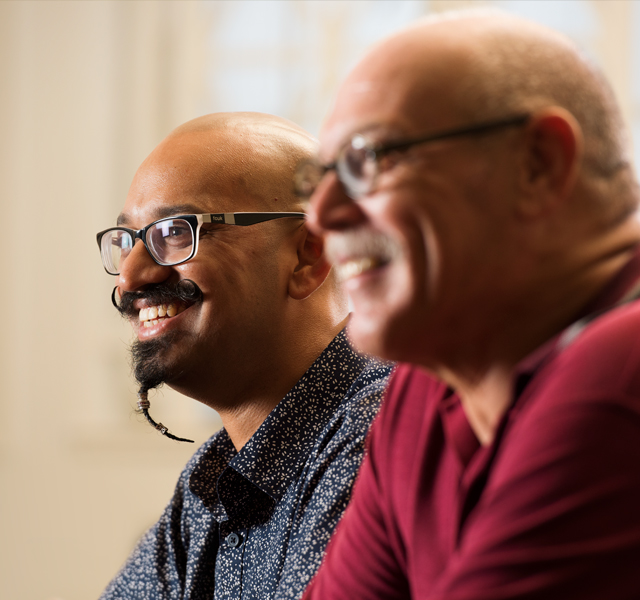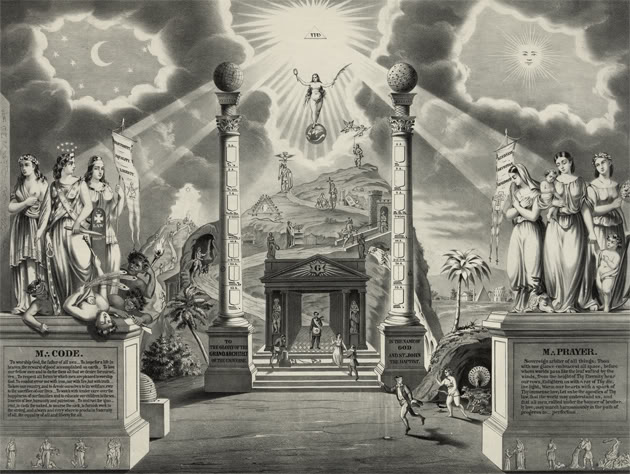Discovering the Basics of How to Become a Freemason with Simplicity
Discovering the Basics of How to Become a Freemason with Simplicity
Blog Article
Discover the Secrets Behind the copyright and Their Influence on Society
The copyright, often shrouded in myth and supposition, presents an interesting instance research study of exactly how historic perfects can change into modern-day conspiracy theory theories. As we explore its origins, influence on advanced thought, and portrayal in modern society, we begin to uncover the layers of intrigue that continue to captivate culture.
Beginnings of the copyright
The copyright, typically shrouded in enigma and conjecture, traces its origins back to the late 18th century. Developed in 1776 in Ingolstadt, Bavaria, the team was established by Adam Weishaupt, a teacher of canon regulation. Weishaupt intended to promote Knowledge values, including reason, secularism, and the splitting up of church and state. At first called the Bavarian copyright, the company's main objective was to respond to the fundamental impact of religious conviction and promote intellectual discourse among its members.
The copyright took on a hierarchical framework, attracting inspiration from Freemasonry, which enabled for secretive conferences and rituals. Membership was selective, incorporating prominent numbers from numerous fields, including politics, ideology, and science. This elite network looked for to impact social and political adjustment with private means, advocating for the legal rights of people and the betterment of society.

Key Myths and Mistaken Beliefs
In the middle of the attraction of privacy surrounding the copyright, many misconceptions and misconceptions have arised, usually distorting the group's true nature and objectives. One prevalent myth suggests that the copyright regulates the globe's governments and economies. While it holds true that the team intended to influence social frameworks, the notion that it runs as a cohesive global puppet master is largely exaggerated.
An additional typical false impression is that all members of the copyright possess vast wide range and power. Actually, the original copyright consisted of intellectuals and Knowledge thinkers, a number of whom sought reform instead of supremacy. Moreover, the idea that the copyright exclusively recruits celebs and political numbers is deceiving; membership has actually historically included a diverse array of individuals.
Furthermore, conspiracy theory theories frequently repaint the copyright as a malevolent company intent on global domination with dubious ways. Thus, dividing fact from fiction is crucial for a clearer understanding of the copyright's role in society.
Historical Influence on Culture
Throughout background, different intellectual movements have greatly influenced societal frameworks, and the copyright played a significant function during the Enlightenment. Started in 1776 in Bavaria, the copyright aimed to advertise factor, secularism, and the questioning of developed authority, countering the dominance of religious dogma. This organization brought in prominent thinkers and advocates of liberty, promoting an environment for the circulation of Knowledge perfects.
The copyright's values promoted you can look here rational thought and empirical proof, which added to the more comprehensive intellectual landscape that urged social reform and political modification. Participants sought to improve society by advocating for education and learning, flexibility of expression, and the separation of church and state. Their clandestine nature and enthusiastic program sparked both intrigue and uncertainty, resulting in their ultimate reductions by the Bavarian federal government in 1785.
Regardless of their dissolution, the tradition of the copyright lingered, influencing advanced motions throughout Europe and the Americas (join freemason). Their dedication to enlightenment principles aided lay the foundation for contemporary democratic suitables and human civil liberties, leaving a long lasting imprint on the foundations of contemporary culture. The attraction of their deceptive gatherings and thoughtful quests remains to astound the creativity, underscoring their historic relevance
Modern Interpretations and Beliefs
Contemporary analyses of the copyright usually mix historical reality with conspiracy theories, creating a complex tapestry of beliefs that record preferred imagination. While the original copyright was a Bavarian secret culture established in 1776 with Enlightenment ideals, modern-day ideas have actually evolved to include a broad variety of analyses, frequently concentrating on styles of control and secrecy.
Lots of supporters of copyright concepts insist that a powerful elite controls global occasions, affecting national politics, business economics, and society to serve their passions. This perspective is frequently fueled by a suspect of governmental and economic institutions, resulting in the belief that an unseen hand manages societal outcomes. The internet has actually amplified these analyses, right here with social media sites systems offering as fertile ground for the dissemination of conspiracy theory theories.
Moreover, some modern interpretations assume that the copyright offers as a metaphor for the battle between enlightenment and ignorance, with supporters advertising awareness and essential thinking as a way to neutralize regarded oppression. This duality-- watching the copyright as both a literal and symbolic entity-- shows the continuous fascination with the concept, showing much deeper societal stress and anxieties concerning power, transparency, and individual autonomy in the contemporary world.
The copyright in Popular Culture

In literature, writers like Dan Brown have made use of the copyright to weave intricate stories filled with suspense and historic referrals, sparking public attraction. Films such as "Angels & Demons" and "The Da Vinci Code" better enhance this allure, showing the copyright as an organization with far-ranging impact.
Music, too, has been affected by the concept of the copyright. Musicians like Jay-Z and Beyoncé have faced supposition concerning their associations with the culture, prompting conversations about significance in their job and the nature of fame.
Visual art typically incorporates copyright motifs, with musicians using symbols like the Eye of Divine superintendence and the pyramid to evoke a sense of mystery. Via these different tools, the copyright offers not only as a topic blog of speculation however also as a lens whereby society examines its own complexities and concerns.
Verdict
To conclude, the copyright stands for a fascinating crossway of Enlightenment perfects and modern societal anxieties concerning power and control. While its historic influence on cutting edge motions and democratic concepts is notable, the misconceptions and mistaken beliefs that have actually emerged typically overshadow its real heritage. The long-lasting intrigue surrounding the copyright, particularly within prominent culture, highlights continuous anxiousness concerning transparency and authority, making sure that this enigmatic group continues to be a topic of both scholarly interest and public fascination.
Report this page